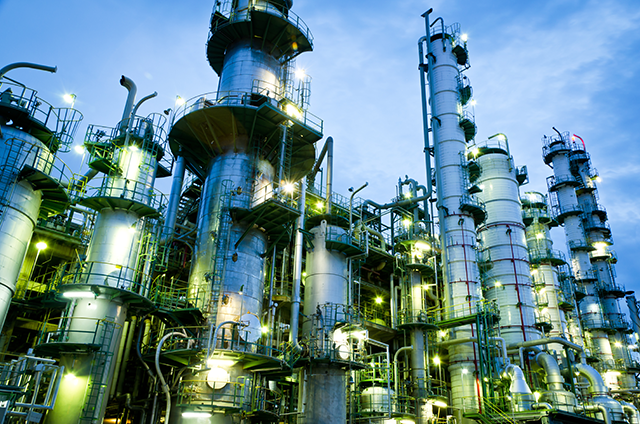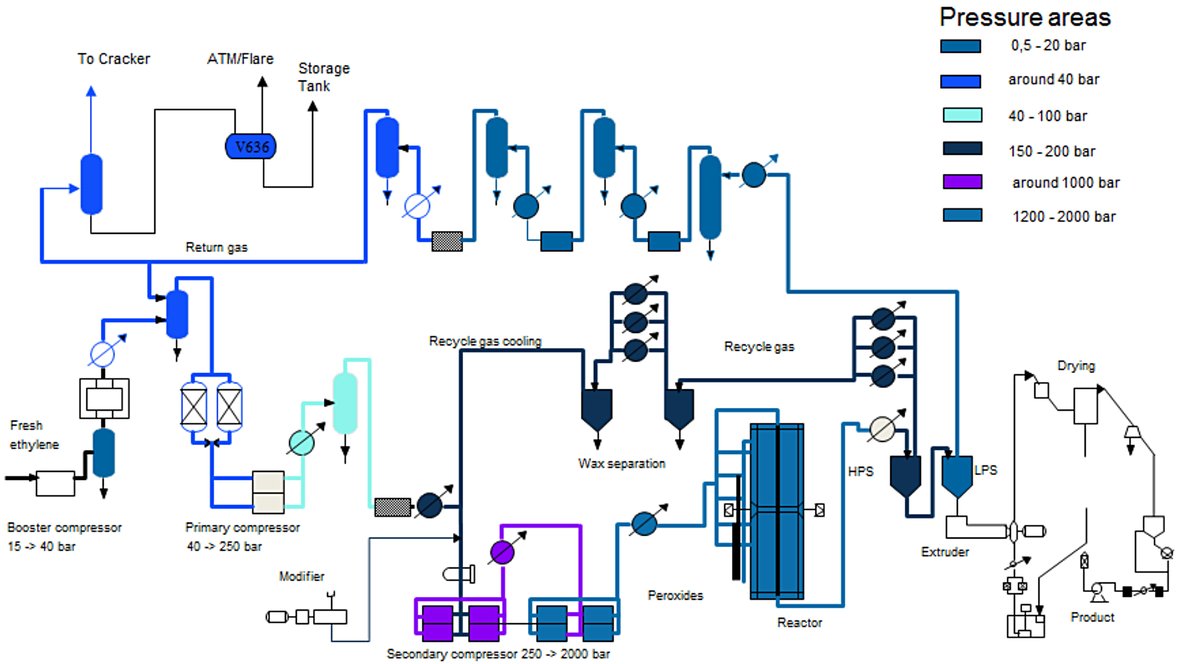Technology
- Name
- Generic LDPE Autoclave Process
- Owner
-
/ Undefined Technology Provider - Brand
- LDPE Autoclave Reactor Process
- Process
- Polyethylene processes
- Type
- High-Pressure Polymerization of Ethylene
- Available
-

- #TE80
Description
Your insights will be shown here
| Entity | Site (Country) | Asset (Plant) | |||
|---|---|---|---|---|---|

|

|
|
LDPE Plant | ||

|

|
|
LDPE Plant | ||

|

|
|
LDPE Plant | ||

|

|
|
LDPE Autoclave | ||

|

|
|
LDPE Plant | ||

|

|
|
LDPE Plant | ||

|

|
|
LDPE Unit | ||

|

|
|
LDPE Autoclave |
Content provided by
| Transaction | Name | Date |
|---|---|---|
| Modified by |
|
12/29/2024 11:44 AM |
| Added by |
|
3/5/2022 4:28 PM |









